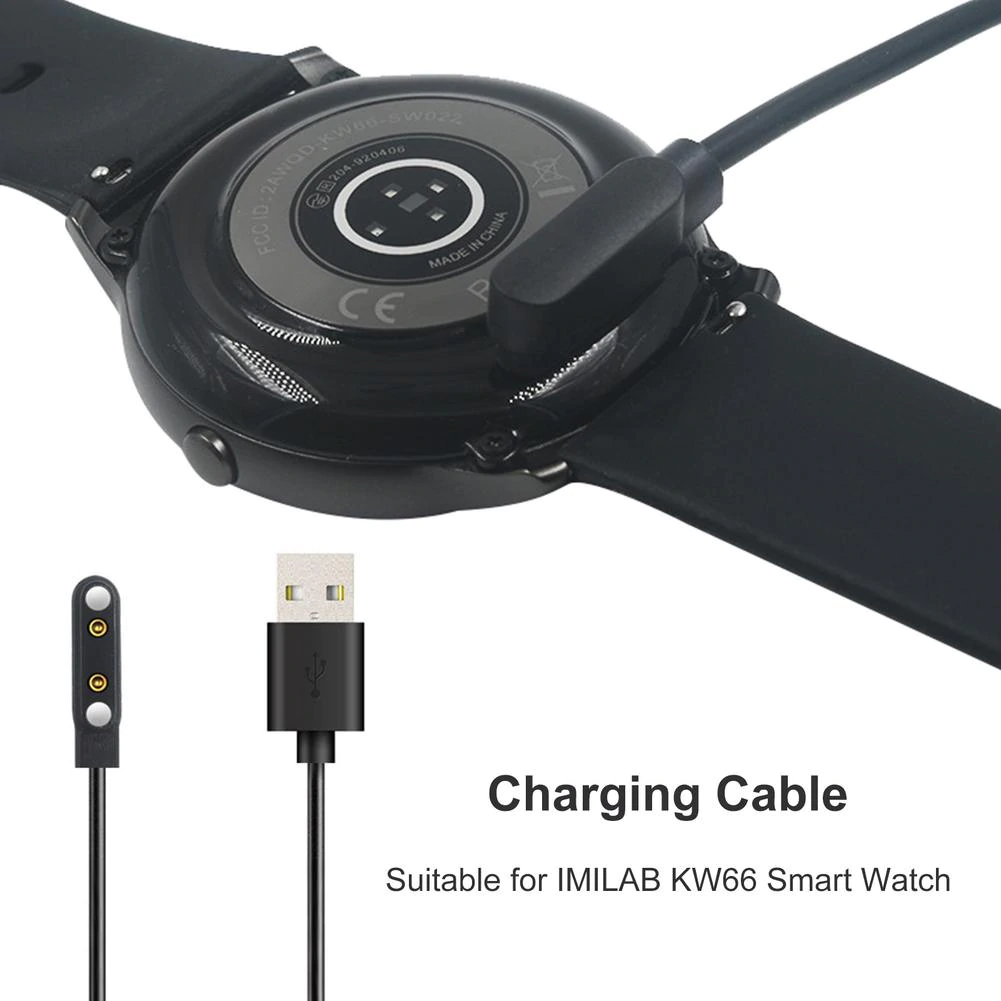Smartwatches are becoming increasingly popular, as people are looking for ways to stay connected to their phones and other devices without having to carry them around all the time. As with any device, it’s important to know how to charge your smartwatch in order to extend its lifespan and maximize its performance. In this article, we’ll talk about the different types of smartwatch charging, the best practices for charging your smartwatch, and the potential risks associated with improper charging. With this information, you’ll be able to get the most out of your smartwatch and keep it running smoothly for years to come.
Types of Smartwatch Charging
When it comes to charging your smartwatch, there are a few different options available. The most common type of charging is via USB, which can be done either directly from a computer or through a wall adapter. This type of charging is usually the most convenient, as it can be done quickly and without the need for an additional power source. However, some smartwatches also support wireless charging, which is becoming increasingly common. Wireless charging involves placing the smartwatch on a special charging pad which uses a magnetic field to transfer power to the watch. This type of charging is more convenient and offers a faster charging time, but it does require an additional power source.
Another option for charging your smartwatch is to use a dedicated battery pack or power bank. These are often small, portable batteries that can be used to charge your smartwatch on the go. Battery packs can be used to recharge your watch while you’re away from home or even while you’re in the middle of a workout. Power banks are larger, more powerful batteries that can provide a larger charge and last longer than battery packs.
Finally, some smartwatches also support solar charging, which allows them to be charged by exposing them to sunlight. This is a great option for those who are frequently on the go and don’t always have access to a power source. However, solar charging is often slower than other methods and can be unreliable in cloudy or low-light conditions.
Practices for Charging Your Smartwatch
When it comes to charging your smartwatch, there are a few best practices that you should follow in order to ensure that your watch stays in good condition and lasts for a long time. First, always make sure to use the appropriate charging cable for your smartwatch. Different models require different cables, so be sure to check the manual before you start charging. Second, be sure to use the correct charger for your watch. Some chargers, such as USB wall adapters, may be too powerful for your watch, so make sure to double-check the specifications before you plug it in.
Third, it’s important to avoid overcharging your smartwatch. Overcharging can cause the battery to become overheated and potentially shorten its lifespan. To avoid overcharging, unplug the watch once it’s fully charged or set a timer to remind yourself when it’s time to disconnect it. Finally, it’s important to keep the charging area clean and free of debris. This will ensure that the charging connection is not damaged or disrupted by dust or dirt.
Potential Risks of Improper Charging
When it comes to charging your smartwatch, it’s important to be aware of the potential risks associated with improper charging. First, using the wrong charging cable or charger could damage your watch or even cause a fire. Second, overcharging your watch can cause excessive heat buildup and reduce the battery life. Finally, using a damaged or dirty charging cable or charger can cause interference with the charging connection and potentially damage your watch.
Conclusion
Charging your smartwatch is an important part of keeping it running smoothly and extending its lifespan. By following the best practices outlined above and avoiding the potential risks associated with improper charging, you can ensure that your watch will stay in good condition and continue to perform optimally for years to come.

